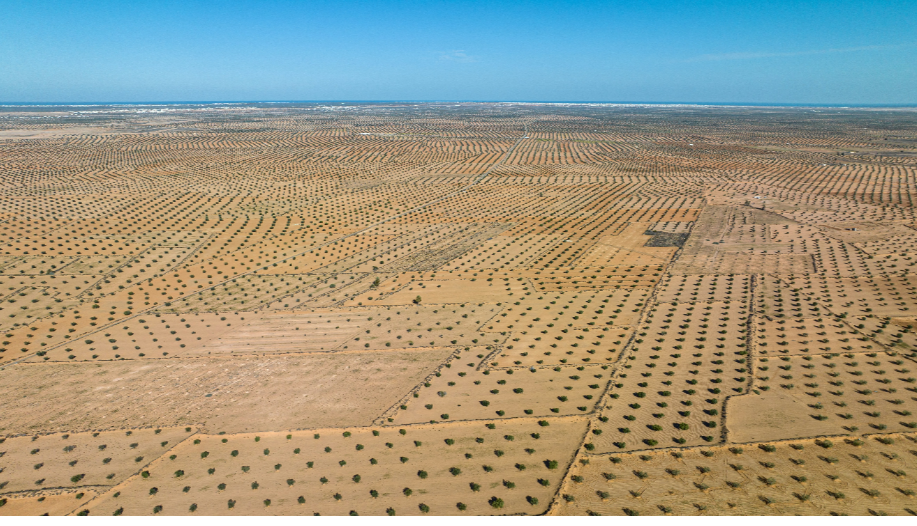What would be the percentage of continental land area occupied if all 8.1 billion of us lived in cities with a density like major modern cities? Between 0.22% and 2.75% if we all lived in cities similar to Manhattan and Honolulu respectively, or about twice as much for each of these cities used as a reference, if we eliminate from the total land area the areas today considered uninhabitable.
The calculations are made by making a simple rule of three with the densities of the center of each city and considering that the total continental surface of the planet is 148.94 million km² or 79.41 million km² if we eliminate the surface that is not habitable in principle (all deserts, mountain ranges, rivers, lakes, marshes, estuaries and frozen areas, Greenland, Siberia, Antarctica). Even without considering the density of cities in their entire metropolitan area, the results of occupation of the planet with each reference city would still be very low.
Urbanized area
The urbanized area of the planet is about 1,56% of the total continental surface (including all cities and towns and all interurban roads and highways and small regional and county roads), or about 2,93% of the area considered habitable today.
The planet is practically uninhabited. We are not many human beings, but few. What happens is that when we do not leave the cities and highways or fashionable destinations, even on an "adventure" trip, it is easy for the propaganda of fear to make us believe that everything is concrete and asphalt.
Food production
As for the planet's capacity to feed the population, all alarmist messages are also artificial, fake.
Since 1960, the world production per capita of vegetables has grown by about 140% and per capita meat production has grown by about 100%, even though the population has grown by 159% and the world today devotes 58% less hectares per capita to agriculture and livestock than in 1960.
In absolute terms, in the 65 years since 1960 the total cultivated area has grown by only 8%, but the population has grown by 159%.
Africa is the continent where the population has grown the most, by 360%, but where the number of hectares per inhabitant devoted to food production has decreased the most, by -75% (Oceania is not comparable due to its small number of inhabitants).
On average, the world devoted almost 1.5 hectares per inhabitant in 1960 to agriculture and livestock farming; today it devotes about 0.6 hectares per inhabitant (Asia 0.35 hectares per inhabitant; Europe 0.65 hectares; Africa 0.9 hectares; South America 1.20 hectares; North America 1.27 hectares).
The planet has not outgrown us. Its vast pristine and wild scenery speaks directly to God. And its cities.
Analyst. Science, economics and religion. Five children. Investment banker. Profile on X: @ChGefaell.








